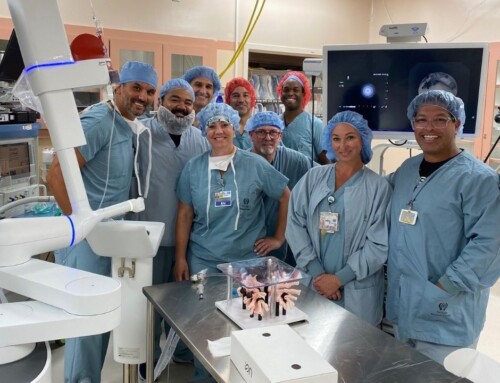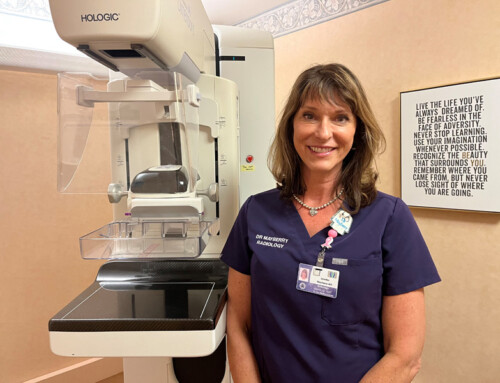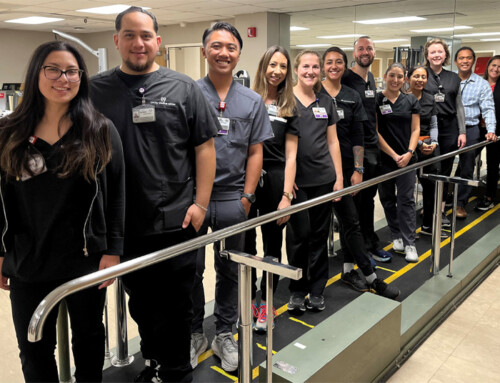Are you looking to start an exercise program to get back into shape and live a healthier lifestyle? An exercise routine may feel time consuming — but no matter what type of workout you choose, or how busy your schedule is, it’s critical that you don’t skip warming up before your workout, or cooling down afterwards.
You’d be surprised how many people decide they don’t need to warm up before working their core, or that it’s fine to skip their cool-down after jogging on the treadmill. In most cases, it’s not because people hate doing the warm up or cool-down, but because they want to save time. After all, it is just the main part of the workout that counts, right?
Unfortunately, it’s not just the main part of your workout that matters — and the people who skip the processes before and after a workout may be doing more harm to their bodies than they realize.
Why Warming Up and Cooling Down Is So Important
A warm-up and a cool-down both involve doing exercises at a lower intensity and slower pace, which improves your athletic performance, prevents injuries, and helps with recovery from exercise.
Warm up activities include light jogging, or cycling slowly on a bike. Warming up before exercise prepares your cardiovascular system for physical activity, by increasing the blood flow to your muscles, and raising the temperature of your body. It also helps to lower the risk of getting injured — when your muscles are adequately warmed up, the movements, stretches, and strain you put on them during your workout is less severe. This also minimizes muscle soreness.
Cooling down after your workout aims to gradually bring your heart rate and blood pressure to its normal level — the level it was at prior to exercising. During your workout, your heart rate has been pumping much higher than it does normally, and it’s important to ease it back down instead of abruptly stopping all motion. Cooling down also helps to regulate your blood flow, which is especially important for people who undertake endurance sports such as long distance running. To safely cool down, gradually reduce the pace of your exercise during the last 10 minutes of your session — for example, if you’re jogging, reduce your pace to a brisk walk for the last 10 minutes.
Benefits of Warming Up
- Improved Performance
Warming up improves your athletic performance in the following ways:
- Improved Blood Flow — Warming up for 10 minutes with an easygoing activity improves blood flowing to your skeletal muscles, and opens up blood capillaries. Your blood carries the oxygen needed for your muscles to function, so increasing your blood flow is one of the best things you can do to set your muscles up for a workout.
- Improved Oxygen Efficiency — When you do a warm-up exercise, oxygen is released from your blood more readily, and at higher temperatures. Your muscles demand higher amounts of oxygen while exercising, so it’s important to make this oxygen more available through a warm-up activity.
- Faster Muscle Contraction/Relaxation — Warming up with physical activity raises your body temperature, which in turn, improves your nerve transmission and muscle metabolism. The end result? Your muscles will perform faster and more efficiently.
- Injury Prevention
Warming up prevents injuries by loosening your joints, and improving blood flow to your muscles — making your muscles less likely to rip, tear, or twist in a harmful way during your workout. Stretching also helps prepare your muscles for the physical activities you’re about to perform.
- Mental Preparation
A side benefit of warming up is that your brain will become focused on your body and your physical activity as you go through the process. This focus will carry over into your training session to help you to improve your technique, coordination, and skill.
Benefits of Cooling Down
- Recovery
After intense exercise, lactic acid builds up within your system, and it takes time for your body to clear it out. Cooling down exercises (such as stretches) can aid this process of releasing and removing lactic acid, helping to speed up your body’s recovery post-workout.
- Reducing DOMS (Delayed Onset Muscle Soreness)
While muscle soreness is to be expected after exercise, a significant amount of DOMS is very uncomfortable, and can prevent you from exercising in the future. A study performed by California State University found that moderate intensity cycling after strength exercise helped to reduce DOMS. Cooling down after exercise helps to alleviate excessive muscle soreness, keeping you more comfortable and allowing your body to bounce back before your next workout.
What Happens If You Don’t Properly Warm Up and Cool Down?
Increased Risk Of Injury
Over 30% of injuries seen by sports medicine clinics are skeletal muscle injuries — which can be easily prevented by warming up and stretching.
Blood Pooling
If you stop exercising abruptly without cooling down, your muscles will suddenly stop contracting vigorously. This can cause blood to pool in the lower extremities of your body, leaving your blood without as much pressure to be pumped back to the heart and brain. As a result, you may dizzy and lightheaded, and you may even faint.
Increased Stress On Cardiovascular System
Warming up helps you to gradually increase your heart rate and breathing to a level that will be able to meet the demands of your workout. If you start exercising at a strenuous level without warming up first, you will place unnecessary stress on your heart and lungs.
A study was performed on 44 men to examine the effects of high intensity exercise on the heart. The subjects had to perform 10 to 15 seconds of intense exercise on a treadmill, without a warm-up. The results showed that 70% of subjects had abnormal ECG readings because of the inadequate oxygen supplied to the heart — in essence, their hearts weren’t ready to perform at the high rates required for the intense exercises.
The next time you feel like you can’t spare the extra 10 minutes to cool down after running, think carefully about the effect it will have on your body. Those 10 minutes certainly seem worth it when you consider that you’re helping prevent injuries to your body, improve your performance, and aid your post-workout recovery.





